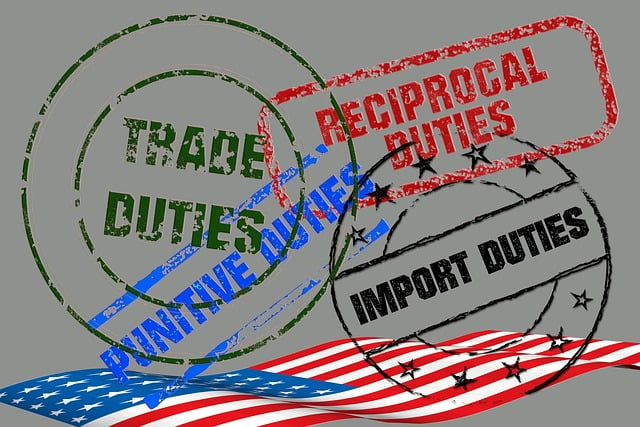Pricing Your Products in a Tariff Environment: A Guide for Side Hustle Sellers

The Impact Of Tariffs On US Ecoomy
In a world where tariffs can feel like a surprise tax on your dreams, pricing your products can be as tricky as balancing a spoon on your nose. Did you know that tariffs can increase the cost of imported goods by up to 25%? That’s not just a number; it’s a wake-up call for side hustle sellers everywhere. If you’re navigating this choppy pricing sea, buckle up! This guide will help you steer your ship through the stormy waters of tariffs and keep your profits afloat.
Understanding Tariffs
First things first: what exactly are tariffs? Think of them as a toll booth on the highway of international trade. When you import goods, tariffs are taxes imposed by the government, making those products more expensive. This can squeeze your margins tighter than a pair of skinny jeans after Thanksgiving dinner. Here’s what you need to know:
- Types of Tariffs: There are two main types: ad valorem tariffs, which are a percentage of the product’s value, and specific tariffs, which are a fixed fee per unit. Knowing which type applies to your products can help you calculate costs accurately.
- Impact on Pricing: Tariffs can force you to raise prices, but be careful! Price hikes can scare off customers faster than a cat at a dog park.
- Market Research: Keep an eye on market trends. If competitors are absorbing costs, you might need to rethink your strategy.
Calculating Your Costs
Now that you understand tariffs, let’s dive into the nitty-gritty of calculating your costs. This is where the rubber meets the road. You need to know your total cost before you can set a price that won’t leave you in the red. Here’s how to break it down:
- Cost of Goods Sold (COGS): This includes the price you pay for the product, shipping, and any tariffs. Don’t forget to factor in storage and handling costs!
- Overhead Costs: These are your fixed costs, like website hosting, marketing, and utilities. Spread these costs across your products to get a clearer picture.
- Desired Profit Margin: Decide how much profit you want to make. A common rule of thumb is to aim for a 20-30% margin, but this can vary based on your niche.
Setting Your Price
With your costs calculated, it’s time to set your price. This is where you can get creative! Pricing isn’t just about numbers; it’s also about perception. Here are some strategies to consider:
- Psychological Pricing: Prices ending in .99 can make products seem cheaper. It’s a classic trick that works like a charm! 🪄
- Bundle Pricing: Offer discounts for purchasing multiple items. This can increase your average order value and make customers feel like they’re getting a deal.
- Value-Based Pricing: Set prices based on the perceived value to the customer rather than just your costs. If your product solves a problem, customers may be willing to pay more.
Communicating Price Changes
Raising prices can feel like breaking bad news to a friend. But if you do it right, it can be a smooth conversation. Here’s how to communicate price changes effectively:
- Be Transparent: Explain why prices are going up. If tariffs are the culprit, let your customers know. They’ll appreciate your honesty.
- Highlight Value: Remind customers of the quality and benefits of your product. If they see the value, they’re more likely to accept the price increase.
- Offer Alternatives: If possible, provide lower-cost options or payment plans to ease the transition for budget-conscious customers.
Monitoring and Adjusting
Pricing isn’t a set-it-and-forget-it task. It’s more like a garden that needs regular tending. Keep an eye on your sales and customer feedback. Here’s how to stay on top of your pricing game:
- Track Sales Data: Use analytics tools to monitor how price changes affect sales. If you notice a drop, it might be time to reassess.
- Stay Informed: Keep up with tariff changes and market trends. Being proactive can help you adjust prices before they impact your bottom line.
- Solicit Feedback: Ask your customers what they think about your pricing. Their insights can be invaluable in shaping your strategy.
Conclusion
Navigating pricing in a tariff environment can feel like walking a tightrope, but with the right strategies, you can find your balance. Understand tariffs, calculate your costs, set thoughtful prices, communicate changes effectively, and monitor your results. By doing so, you’ll not only survive but thrive in this challenging landscape. Remember, every challenge is an opportunity in disguise! 🚀



